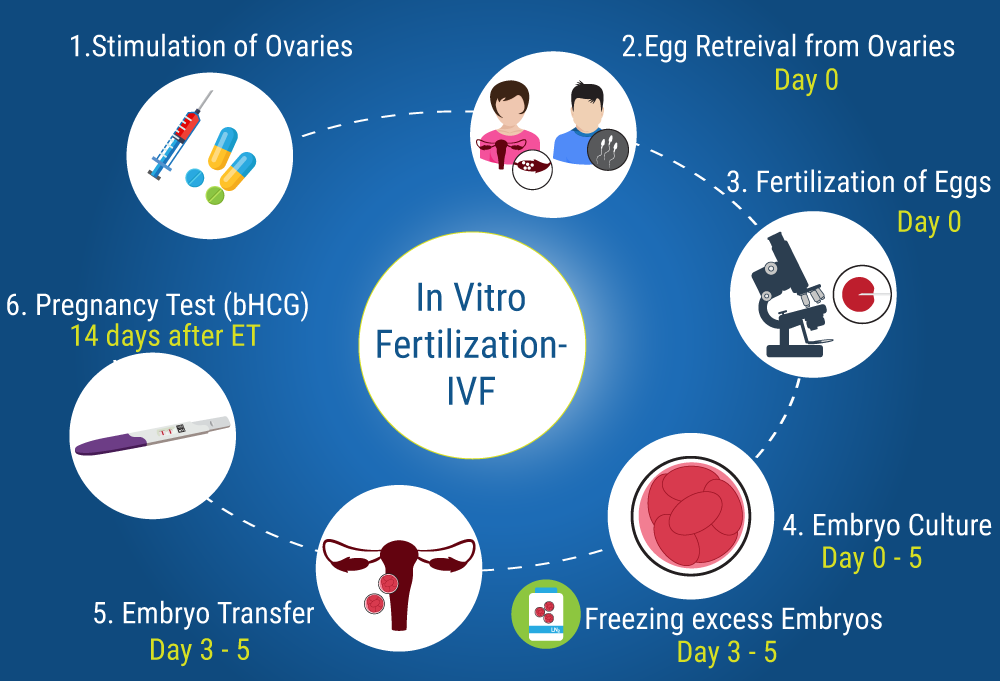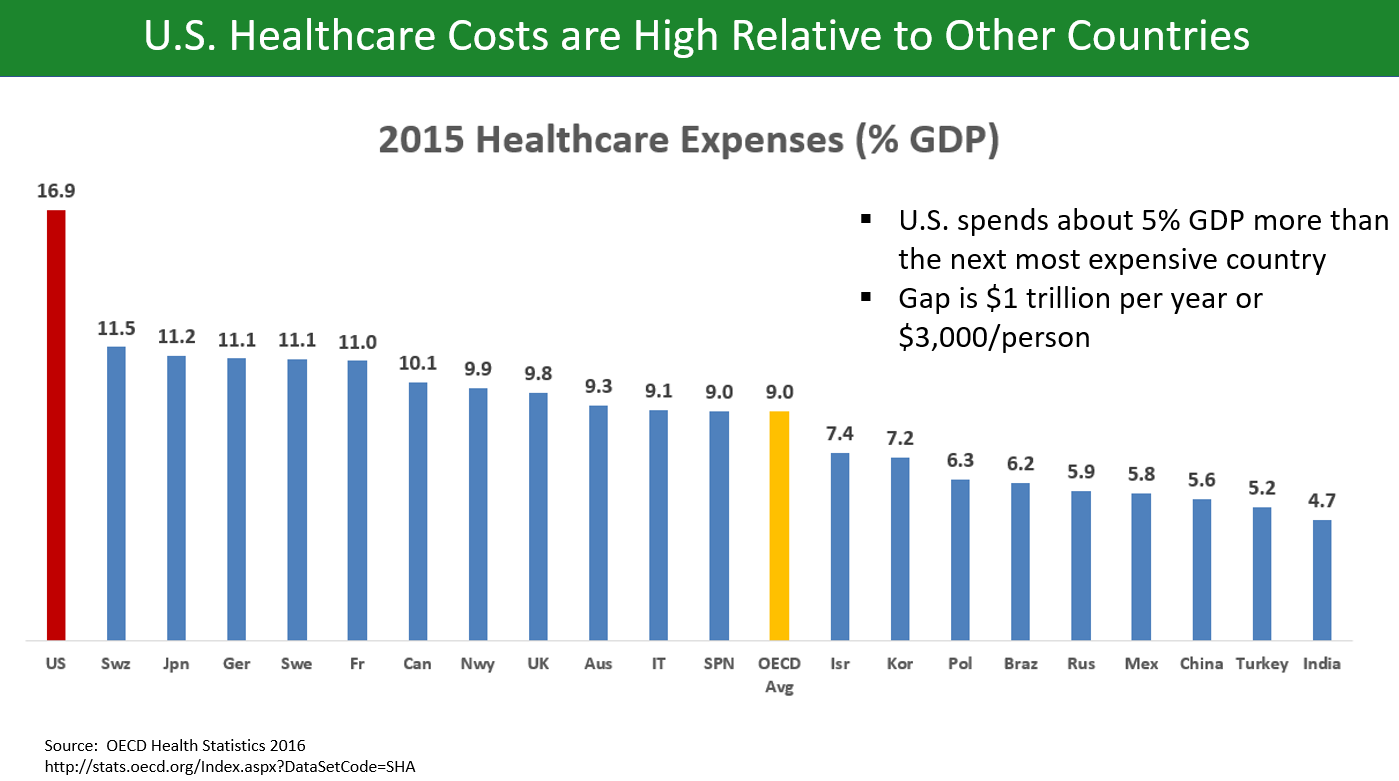Malaysia plans to help couples from China get a second child, by promoting medical tourism.

- 387Shares
- Facebook334
- Twitter6
- LinkedIn12
- Email8
- WhatsApp27
How do you make tourists come to Malaysia? Well, judging by the Cuti Cuti Malaysia song, we reel them in by promising sandy beaches, lush forests, Sarawakian people in costumes, Mak Yong, and the KLCC, among other things. Yawn, we hear you say while pretending to be a tourist. Been there, done that. What else is new? Well, how about a surgery, or a medical procedure?

Mmm… surgery… Imgs from SukaBorneo Travel and Thumbay Hospital.
In recent news, Malaysia now allows Chinese tourists to apply for a medical tourist visa into the country, making it easier for them to come and get pregnant through in-vitro fertilization (IVF) in our hospitals. That sentence probably sounds confusing as heck. Why Chinese tourists? Racist ah? Why do they have to get preggerino here? Why Malaysia? What in tarnation is a medical tourist visa?
We’ll answer all those questions in this article, but first a little background…
Ironically, the people of China need help making babies

How does a call even find a cellphone like this? Img from WorldFinance.
Sometime in the 1980s, China realized that they have too many people to properly care for, so they decided that each family may only have one child. However, their plan to reduce the general population had worked a little too well, and in the 2010s they realized that now they have too many old people and too little working-age people to care for them. So in 2016, China tried to reverse the damage by allowing families to have two children, but it may be too late.
Infertility has become a problem in China, and it has been blamed on things like costs (of living, and of rearing a child) and unfriendly maternal policies, but a lot of women being at an advanced age may be the main problem. Regardless of the cause, many couples wanting to have children have to resort to fertility treatments, the most famous probably being in-vitro fertilization (IVF). It’s a medical procedure that involves manually combining the sperm and eggs from the parents outside the body, then transferring the resulting embryo into the mother’s womb.

It’s a multiple-step procedure, and there’s a chance that a cycle can fail. Img from Indore Fertility Clinic.
However, since the announcement of the two-child policy, reproductive clinics in China have been overwhelmed by hopeful couples, meaning it will be a while before you can try conceiving through IVF. Despite the huge demand, China only has about 400 fertility clinics, and of that only about 10% are classified as world class. So instead of waiting in line, many Chinese couples head out to other countries to try their luck.
With an estimated 40 million Chinese women over the age of 40 trying to conceive, Malaysia sees this as a fine opportunity to beef up the medical tourism sector.
“It’s natural for us to see China as our potential market, especially after the removal of the one-child policy,” – Sherene Azli, MHTC’s CEO, as reported by South China Morning Post.
However, Malaysia has not been the only country to get the idea of catering to this event. Thailand, for example, has been offering IVF to Chinese patients for some time now. Actually, not just Thailand…
Medical tourism is actually a booming business for many countries, including Malaysia

Imgs taken from ITC and Relaxing Soundzzz.
You probably won’t see montages of heart bypass surgeries and human fluids in a petri dish in the next Cuti Cuti Malaysia video, but those are among valid reasons for people to travel to another country. This form of tourism is called medical tourism, and the people partaking in it are called medical tourists. But why would people travel all the way to another country for a medical procedure? Their country don’t have doctors meh?
For one thing, it’s the price difference. Like salaries and almost everything else, prices for certain medical procedures differ a lot between countries, sometimes as much as 90%. For example, a source cited the cost for a heart bypass surgery in the US in 2018 to be around USD123,000 (RM500,000), while in India it would cost only around USD7,900 (RM30,000). That’s a difference of RM470,000, so even counting in the plane tickets and a regular two-week vacation after the surgery, a US citizen would still save plenty of money by going to India for a heart surgery with the same (if not better) quality.

To be fair, the US and India are both extreme examples. Img from Wikipedia.
Other reasons why people would want to travel abroad for medical treatment include escaping long waiting lists or getting a locally-illegal or limited procedure (like abortion or fertility treatments) elsewhere. With the advent of cheaper air travel and the rise in middle-class patients from Asia and Africa, more and more people are doing it, making it one heck of an industry. While exact numbers are hard to get, Patients Beyond Borders had estimated 14-16 million people had traveled across borders to get treatment last year, with each of them typically spending somewhere between RM15k to 20k on each visit, including for travel and lodgings.
Malaysia, having among the cheapest procedures, received more than 1 million inbound patient-tourists (patourists?) and a revenue of RM1.3 billion last year… just from our hospitals. Medical tourism is also part vacation, so including the revenue from hotels, food and whatnot, the field’s contribution last year is said to be somewhere around RM4-5 billion. That number is expected to grow even more in the future, as the government had last year allocated RM30 million to improve this field.
While in the past most medical tourists to Malaysia had been from Indonesia, the number of patients from countries like Japan, Singapore, the Middle East and Europe had grown over the years as well.

N-nani?! Gif from Gifer.
Now, Malaysia is aiming to grow the portion of medical tourists from China as well, but…
Can Malaysia’s medical sector compete with these other countries?
Sure, it’s one thing to notice and participate in a foot race, but having the legs for it is another question altogether. If you’ve had a bad experience in our hospitals before, chances are you’d think that Malaysia has a long way to go before trying to get people to come here for healthcare. Well, if you’re one of those people, perhaps you’ll be surprised to know that we’re actually not that bad lah.

Figuring out who thinks that way be like… Img from Giphy.
Back in 2014, International Living (a US magazine that offers insights to Americans wanting to live elsewhere) had ranked Malaysia’s healthcare system as the third best out of 24 countries, beating out places like Ireland, Italy, and even New Zealand. The magazine gave us a score of 95 out of a possible 100, which isn’t that far from the first (France, 97) and second (Uruguay, 96) places. We made the list again last year, but this time we’re the only Asian country to be included in its report titled “4 Countries With the Best Healthcare In The World“.
“Numerous hospitals in Penang and Kuala Lumpur are among Southeast Asia’s first recipients of the US’ prestigious Joint Commission International (JCI) certification. Seen as the gold standard for healthcare service providers around the world, Malaysia has no less than eight JCI-accredited hospitals. Other considerations to take into account are that there is little to no waiting time when you arrive,” – International Living, as reported by FMT.

At least got chairs and aircond what. Img from NST.
But how does Malaysia stack up in the Chinese IVF game? We can’t really tell if Malaysia is cheaper or more expensive than China in that regard, but the price difference quoted in various reports show that it’s not that much of a difference, so the quality and speed of service come into play. We do have doctors that speak different Chinese dialects, and according to Sherene Azli, the CEO of the Malaysia Healthcare Travel Council (MHTC), the quality of IVF in Malaysia is pretty good.
“The success rate of the In Vitro Fertilisation (IVF) treatment in Malaysia is high, which is between 55 to 60 percent, and for cardiology treatment, the National Heart Institute (IJN) already has a very good reputation and it is among the best in Asia,” – Sherene Azli, as reported by MalaysiaKini.
Not to shabby, eh? But that’s not all. In 2016, MHTC established a partnership with Tai Orient, said to be the biggest IVF referral company on mainland China. Through that, it was claimed that 100 couples are referred to Malaysia every month. The recent inclusion of China to the list of countries eligible for e-visas as medical travelers to Malaysia is also expected to help things. Based on all these factors, it would seem that Malaysia can put its money where its mouth is. However…
Perception seems to be standing in the way of Malaysia’s success
Okay guys. Time for a little honesty. Before reading this article…
While there are differing opinions on how adequate our healthcare system is, the fact that more and more tourists are finding it good enough and cheap enough to travel here is arguably something. However, based on interviews with people from China, it would seem that some of them doubt Malaysia’s credibility in the field of medicine, based on Malaysia’s economic reputation.
“Their first impression is that Malaysia’s economic development is not good. They ask us: since their economy is not as strong as China, how’s it possible that they are doing better in IVF? ” – Yu Maotao, assistant to the Tai Orient chairman, as reported by South China Morning Post.
Tiffany Xiong, a senior manager based in Shanghai, had said that she was not aware that Malaysia is even an option for IVF, but had dismissed any notion of taking it, as she feels that Malaysia “is not advanced”. Malaysia’s economic reputation had gone through a rough spot recently, and although it might seem weird to link it to the success of healthcare at first glance, how much a government spends on healthcare depends on the economy, as well as the willingness of investors to pour in money for medical research.
China’s doubts aren’t entirely unfounded, so in addition to attracting medical tourists through quality healthcare, the government would do well to improve Malaysia’s reputation as well.
- 387Shares
- Facebook334
- Twitter6
- LinkedIn12
- Email8
- WhatsApp27







